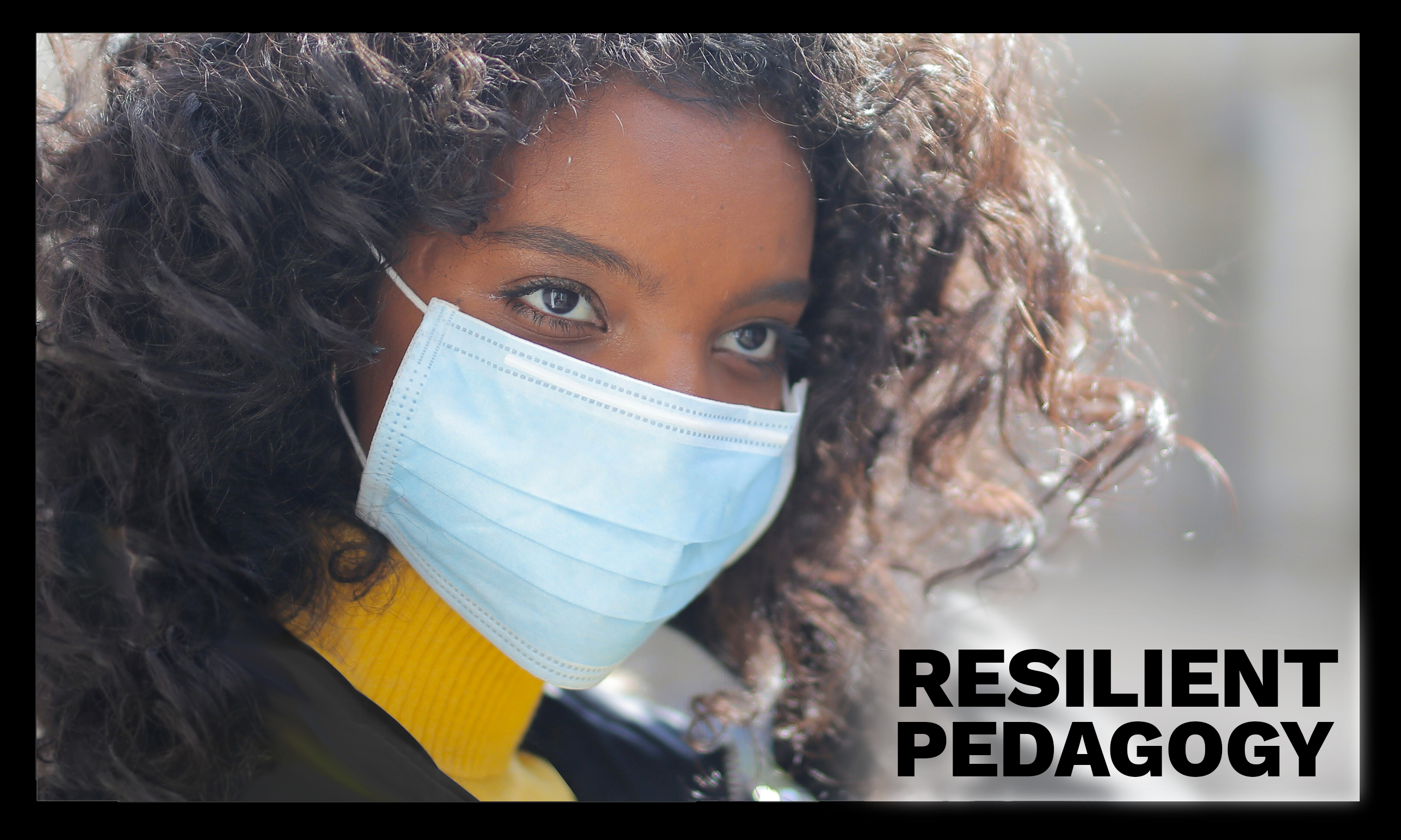
Resilient Pedagogy
Document Type
Chapter
Editor
Travis N. Thurston, Kacy Lundstrom, and Christopher González
Publisher
Utah State University
Publication Date
6-7-2021
First Page
77
Last Page
92
Creative Commons License

This work is licensed under a Creative Commons Attribution-Noncommercial-No Derivative Works 4.0 License.
Abstract
The impact of the COVID-19 crisis on educational systems requires actors across those systems to develop adaptive capacity and embed resilient thinking into approaches and frameworks for decision-making and design (DeVaney & Quintana, 2020). Events surrounding the COVID-19 crisis have set off a period of rapid adaptation across the higher-education ecosystem and have necessitated that educators consider new pedagogical approaches and frameworks that are responsive to the changes we are witnessing in our contexts of teaching and learning (Chraa et al., 2020; Donovan, 2020; Moorhouse, 2020; Quintana & Quintana, 2020; Zhu & Liu, 2020).
Recommended Citation
Quintana, R. M., Fortman J., & DeVaney, J. (2021). Advancing an approach for resilient design for learning by designing for extensibility, flexibility, and redundancy. In Thurston, T. N., Lundstrom, K., & González, C. (Eds.), Resilient pedagogy: Practical teaching strategies to overcome distance, disruption, and distraction (pp. 77-92). Utah State University. https://doi.org/10.26079/a516-fb24.
Included in
Higher Education Commons, Online and Distance Education Commons, Teacher Education and Professional Development Commons


Comments
View in html or various e-book formats.